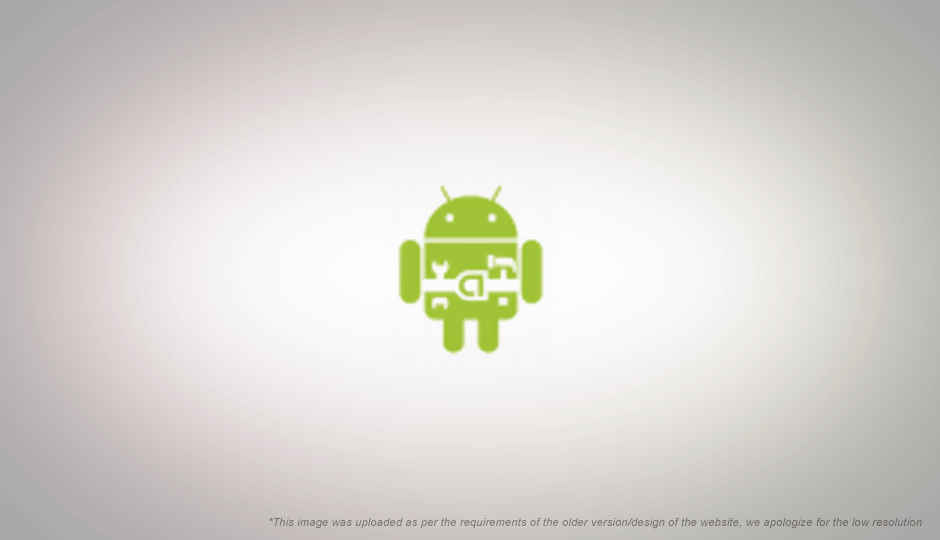


It is, however, absolutely possible to use Android Studio for Java development, and the command line or Eclipse for C/C++. These tutorials introduce the basics of an OpenGL ES application.
#ANDROID NDK OPENGL HOW TO#
Although it is now the official Android IDE, we are not going to use it much throughout the book because of its lack of support of the NDK. See Building Android samples for instructions on how to use them.

Android NDK beginner's guide : discover the native side of Android and inject the power of C/C++ in your applications (2nd ed.).
#ANDROID NDK OPENGL FULL#
Android Studio supports running either of these from Gradle. Magnetometer is still required to get full device orientation in. The NDK includes support for CMake and its own ndk-build (based on GNU Make). Youll also need to put OpenGL into ortho mode, set the screen dimensions, and draw an appropriately-sized poly in the right place so that it fills the screen. The NDK also includes a variety of other APIs: zlib compression, OpenGL ES or Vulkan graphics, OpenSL ES audio, and various Android-specific APIs for things like logging, access to cameras, or accelerating neural networks. Īndroid uses Bionic as its C library, and the LLVM libc++ as its C++ Standard Library. Ĭommand-line tools can be compiled with the NDK and installed using adb. Native libraries can be called from Java code running under the Android Runtime using System.loadLibrary, part of the standard Android Java classes. Using native OpenGL on an Android device. A few of the topics covered are: Managing your native app's activity lifecycle. GCC was included until NDK r17, but removed in r18 in 2018. NDK Samples From this page, you can download samples that provide a look at the NDK in action. The NDK uses the Clang compiler to compile C/C++. IA-32 (Windows only) or x86-64 (Windows, macOS and Linux)Ĭode written in C/ C++ can be compiled to ARM, or x86 native code (or their 64-bit variants) using the Android Native Development Kit (NDK).


 0 kommentar(er)
0 kommentar(er)
